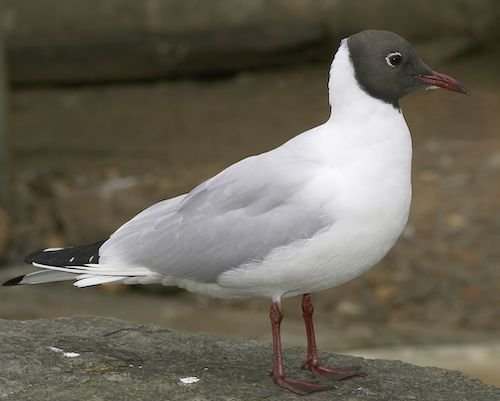Hamburg

Birding HamburgHamburg is the second-largest city in Germany with a population of over 1.8 million.and is one of the 16 German federal states. One of Germany’s 16 federal states, it is surrounded by Schleswig-Holstein to the north and Lower Saxony to the south. The city’s metropolitan region is home to more than five million people. Hamburg lies on the River Elbe and two of its tributaries, the River Alster and the River Bille and is Europe’s third-largest port. Economically and culturally, Hamburg is also the centre of Northern Germany. With 755 square kilometres, the city area is seven times larger than Paris and over twice as large as London. Some 14% of the city area is made up of green spaces and recreational areas providing a number of different habitat forms for urban birds.
The city has more than 160 breeding bird species with an annual average of 4000,000 breeding pairs. In addition many migrants visit Hamburg on passage or use the city and its environs as a stopover. This is fostered by a diverse landscape (marsh, sandy coastal moorland, low-lying river courses and freshwater mudflats. Some 8 % of the city area consists of nature reserves, 28 in all, of which 8 are designated EU SPAs. Recent successes have been the resettlement of a Peregrine Falcon pair on a city cooling tower and the occupation of a giant crane facility by a large colony of House Martins.
-
Number of bird species: 291
(As at March 2019)State Bird - Black-headed Gull Larus ridibundus
-
State Bird Observatory Hamburg - Arbeitskreis an der Staatlichen Vogelschutzwarte Hamburg
Observatory WebsiteSatellite ViewOrnithological Working Group
-
NP Hamburg Wadden Sea
InformationSatellite ViewThe Hamburg Wadden Sea National Park is the smallest of the three German Wadden Sea National Parks which protect the single ecological entity of the Waddensea of Hamburg (UNESCO biosphere reserve) reaching from Den Helder to Esbjerg. The approximately 180,000 birds of the north-western shelduck population spends also their moulting period from July to September in the Wadden Sea. -
NR Neuwerk
InformationSatellite ViewDikes encircle the island, which is about 3 square kilometres (1.2 square miles), and one can walk around it in an hour. Salt marshes (the "Outland"), lie outside the dikes and provide a hatchery for birds such as oystercatchers, scrays, sandwich terns, black-headed gulls, herring gulls, and others. -
NR Schnaakenmoor
InformationSatellite ViewThe Schnaakenmoor is a nature reserve area located in the northwest of the forest district Klövensteen that consists mainly of bog moss.
